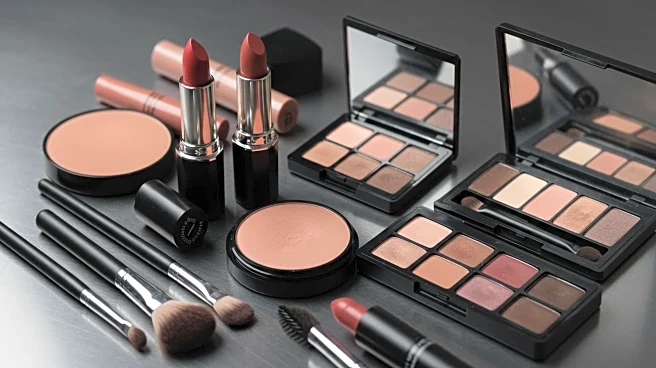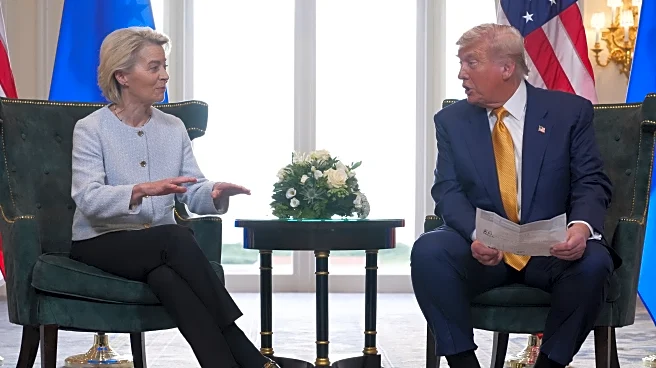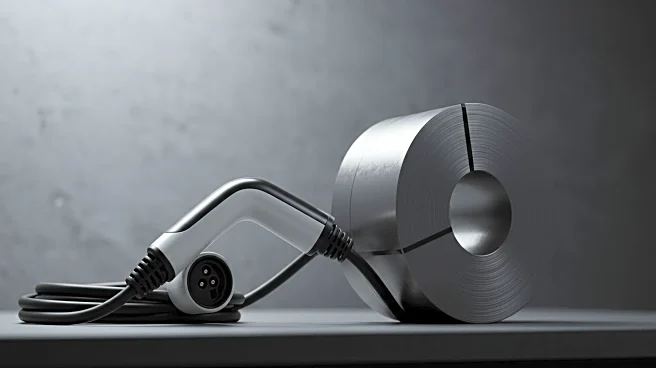What is the story about?
What's Happening?
President Trump has extended tariffs on steel and aluminum to include 407 additional consumer products, notably cosmetics and personal care items. The tariffs, which increased from 25% to 50% in June, now apply to the aluminum or steel content in these products. The new tariffs took effect on August 18, following a notice in the Federal Register. This move aims to prevent circumvention of existing tariffs and support the US steel and aluminum industries. The tariffs affect a wide range of products, including auto parts, chemicals, and furniture components, with the beauty industry particularly impacted due to its use of aluminum in packaging.
Why It's Important?
The expansion of tariffs to include cosmetics and other consumer goods could have significant economic implications. The beauty industry, which has increasingly used aluminum for sustainable packaging, may face higher costs, potentially leading to increased prices for consumers. The tariffs are part of a broader strategy to revitalize the US steel and aluminum industries by discouraging imports. However, they may also strain trade relations and impact industries reliant on these metals, affecting supply chains and pricing strategies.
What's Next?
Businesses affected by the new tariffs will need to assess their supply chains and pricing strategies to mitigate the impact. The US government may face pressure from industry groups and trade partners to reconsider or adjust the tariffs. Ongoing trade negotiations and potential retaliatory measures from affected countries could influence future tariff policies.
AI Generated Content
Do you find this article useful?












